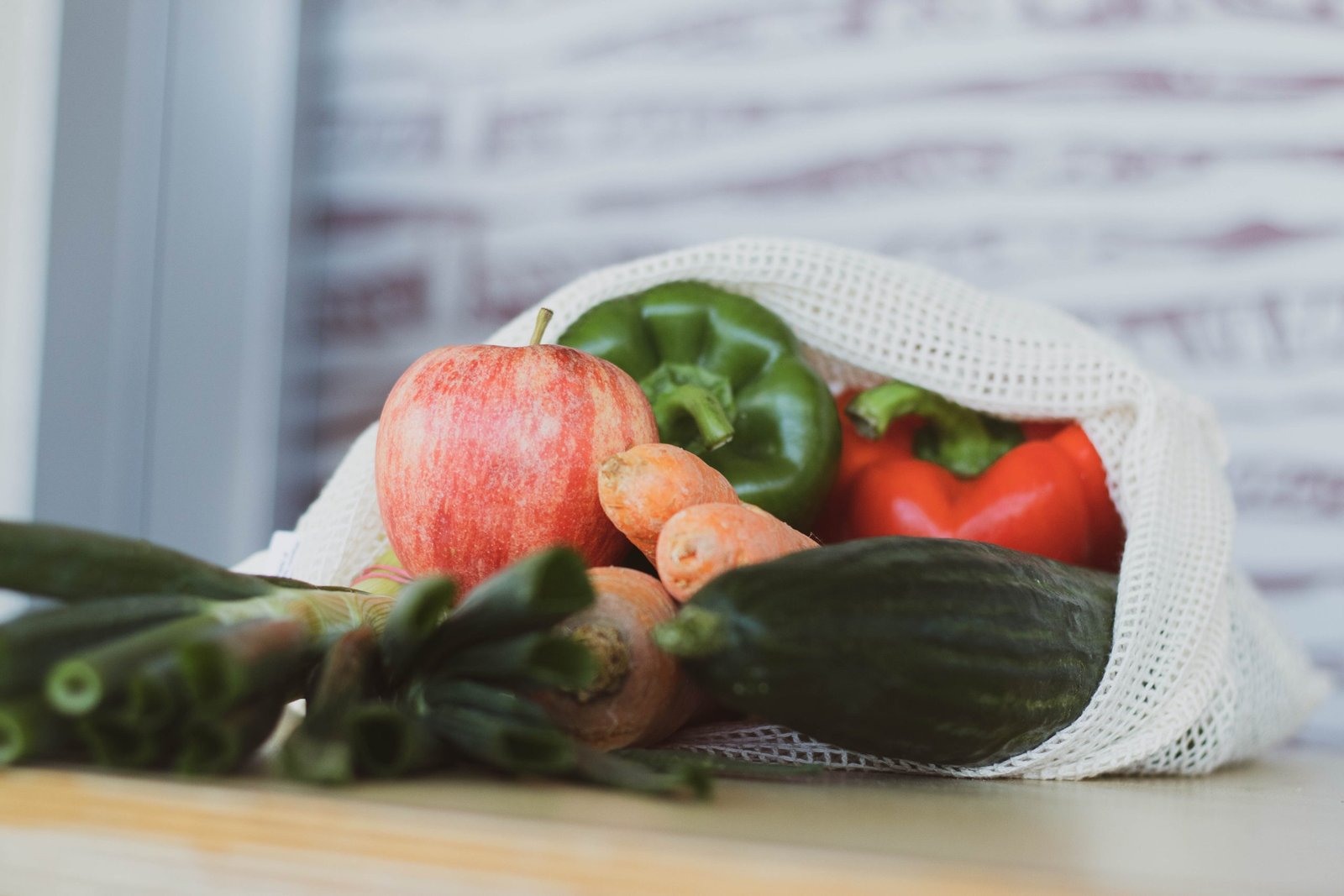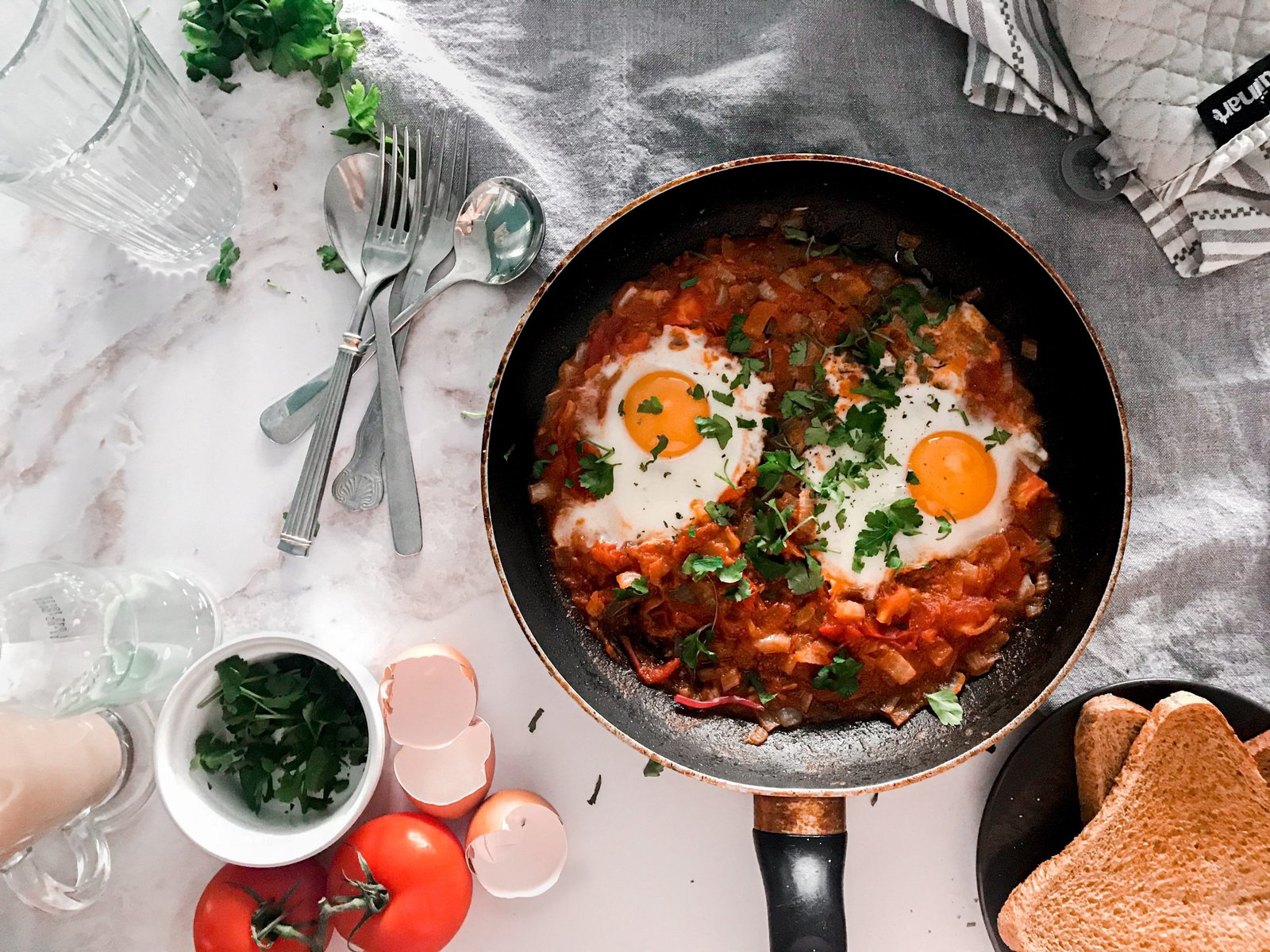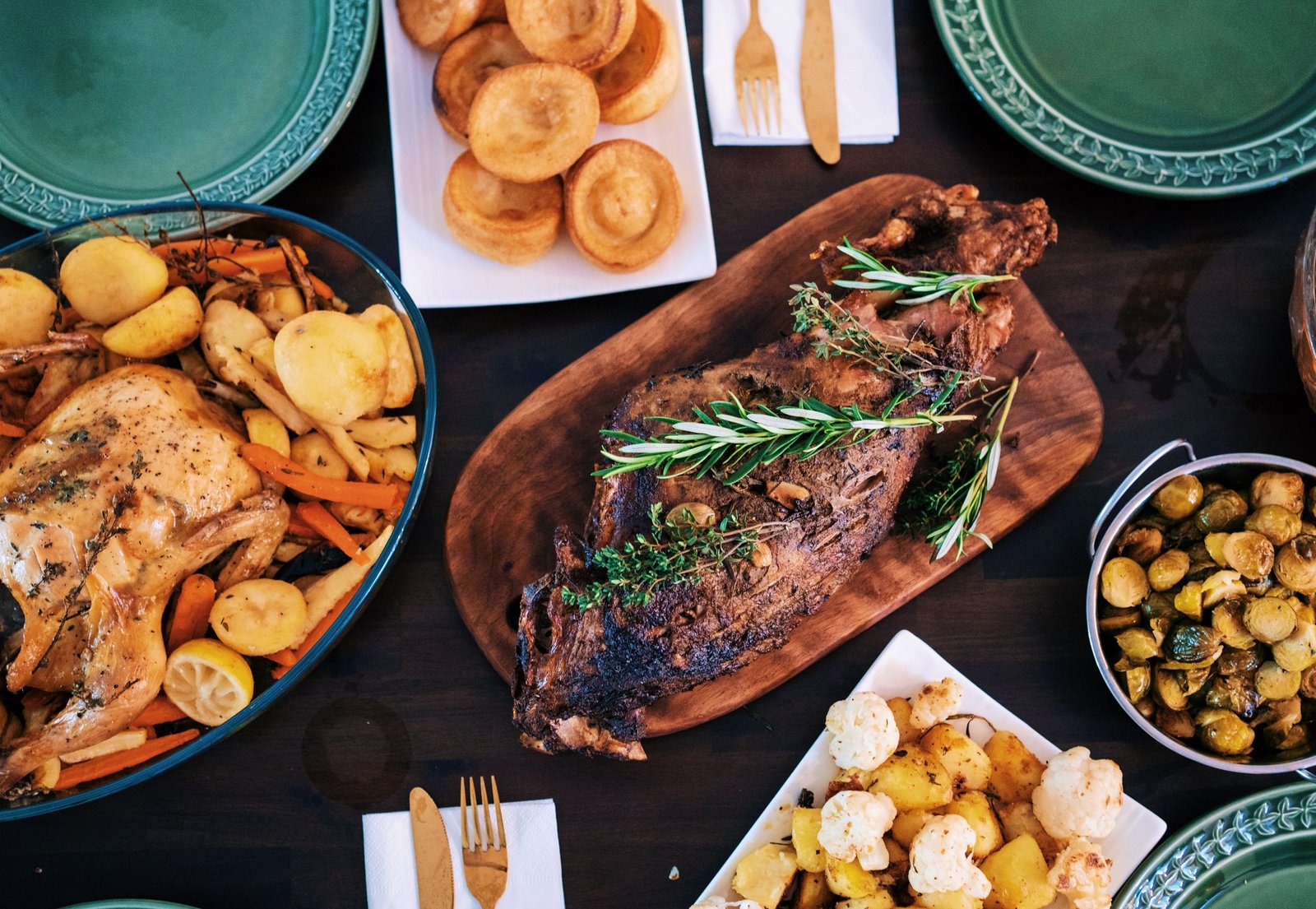
How To Season Meat For Different Types Of Roast
There are many different methods for improving your meat dishes.
For instance, there are ways to make it more healthy, and different seasonings you can apply. The latter can create a unique set of flavors that’ll make or break your meat dish. In this article, we’ll discuss how to season different types of roast in order to maximize their flavor and make them truly mouth-watering.
What Are Roasting and Seasoning?
Roasting is a dry heat cooking method that involves cooking meat in an oven or over an open flame. This occurs until it’s cooked through, caramelized on the outside, and tender inside.
Seasoning refers to adding flavorful ingredients such as herbs, spices, salt, and pepper to enhance the taste of the meat. You may also choose to baste your roast during cooking (with butter or broth) for added moisture and flavor. The roasting and seasoning techniques work hand in hand to create a perfectly cooked and delicious meal.
Try Salt-Free Seasoning
For health-conscious people, this allows you to add flavor without the added sodium. For a beef roast, use a blend of rosemary, thyme, and garlic powder. They’ll work together to create a savory and aromatic crust on the outside of the meat. If you’re roasting chicken, consider using lemon pepper or poultry seasoning for added zing.
For pork roast try using a blend of smoked paprika, cumin, chili powder and brown sugar for a sweet and smoky flavor. If you search online for salt free seasoning, there are spice blends such as lemon pepper, lime garlic cilantro and orange ginger. They’re made from real citrus, have zero calories and are vegan, gluten-free and non-GMO.
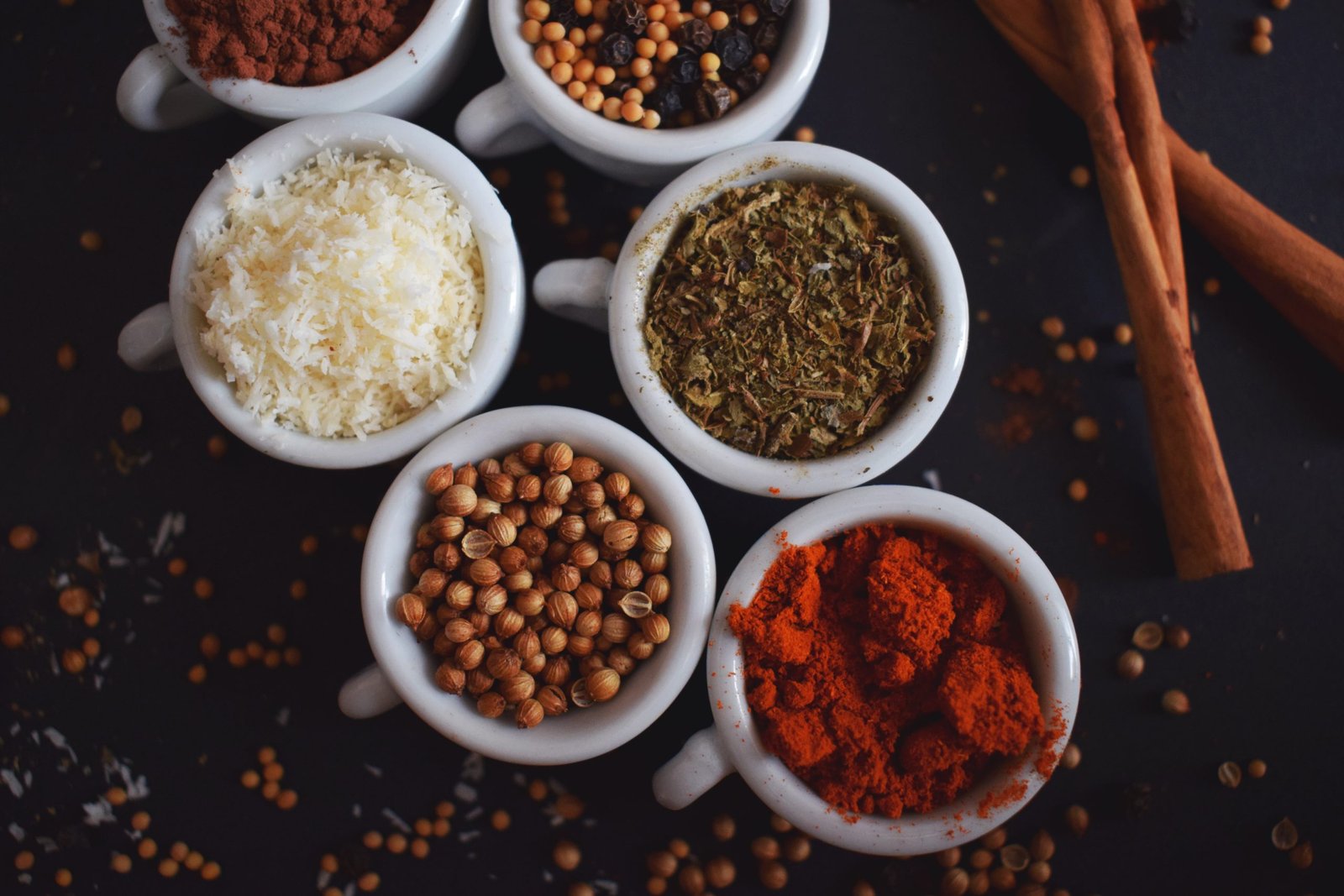
Use Salt and Pepper
These are two basic ingredients that most people have in their kitchens. Together, they can enhance the natural flavors of your food without overpowering them. Start by sprinkling salt on all sides of the meat because it helps tenderize it and adds flavor. Pepper adds a subtle warmth to your dish, balancing out any salty taste in your food. Sprinkle some over all sides of the meat before cooking it. Don’t overdo it, as too much pepper can make your dish too spicy or bitter tasting.
In general, remember that less is more when it comes to applying seasoning to your meat. Start with a small amount first, then taste test before adding more.
Use Herbs and Spices
When roasting beef, you can use rosemary, thyme or garlic powder for flavoring. For chicken roast, thyme and basil work great with a bit of paprika, while sage is perfect for pork roast. When roasting lamb, try mixing mint leaves with oregano or cumin.
Experiment with different herbs and spices until you find the perfect blend that suits your taste preferences. This applies whether you’re cooking a simple meal at home or preparing a special occasion dinner party menu.
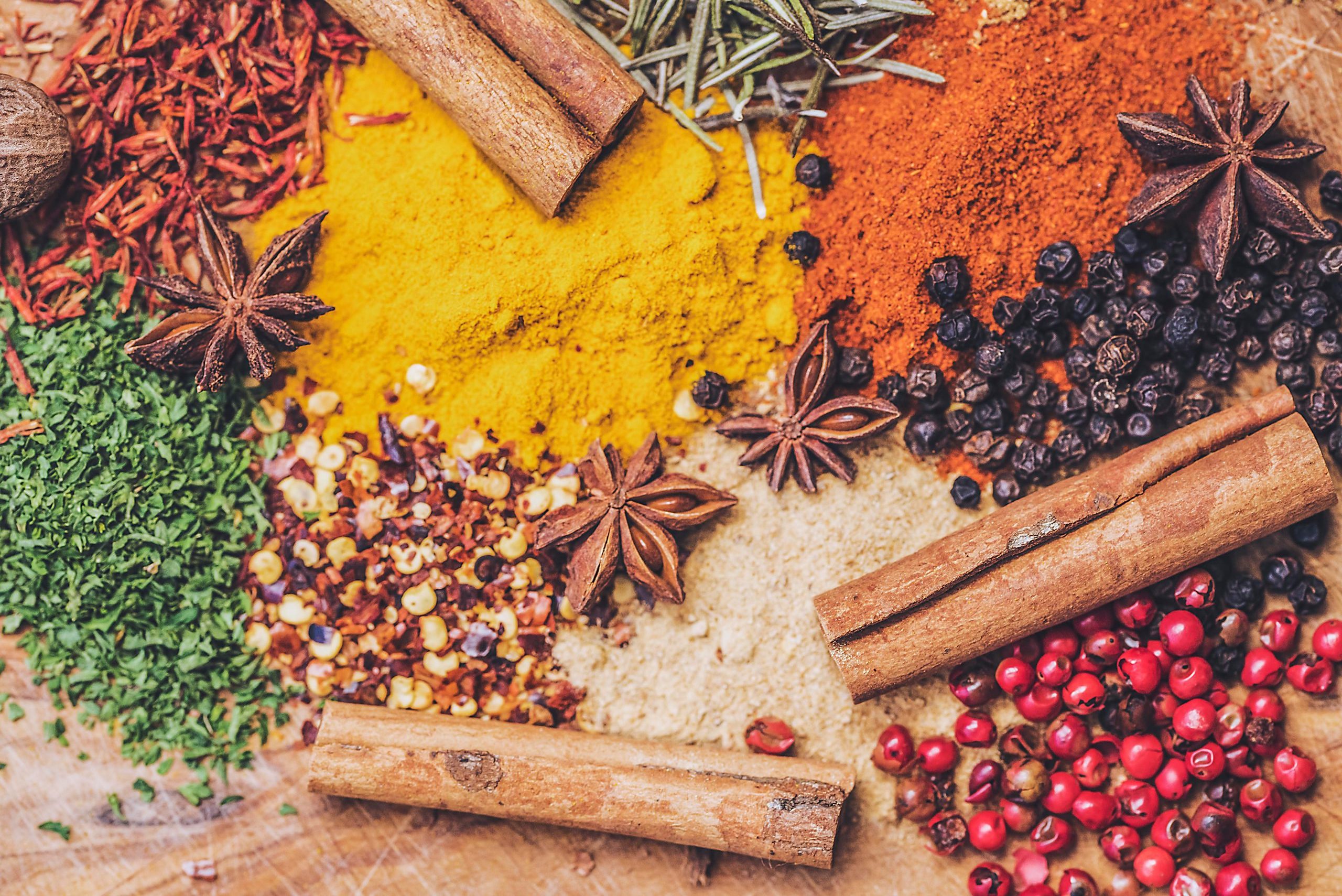
Use Garlic and Onion
Both of these ingredients have a strong flavor that can enhance the taste of various types of roast meats. It’s important to chop or mince them finely so that they can be evenly distributed on the surface of the meat. This ensures that every bite is packed with flavor. It’s also recommended to use fresh garlic and onions instead of powdered versions, as they tend to have a stronger taste.
Garlic and onion can be used separately or together, depending on personal preference. They work well with different types of roast meats such as beef, pork, chicken or lamb. Additionally, they can be mixed with other herbs and spices like rosemary or thyme.
Use Citrus Zest
The natural oils in the zest provide a bright and refreshing taste that pairs well with many types of meat. To use it, simply grate the outer layer of the fruit using a fine grater or zester. Common options include lemon, lime, and orange zest.
When preparing a beef roast, pair it with lemon or orange zest for a tangy and savory flavor profile. For pork roast, try using grated lime zest for a slightly sweet and citrusy taste. When preparing a chicken roast, both lemon and lime zest work well to enhance the natural flavors of the meat. You can experiment with different combinations of other spices and herbs, creating custom blends that highlight the brightness of citrus zest.
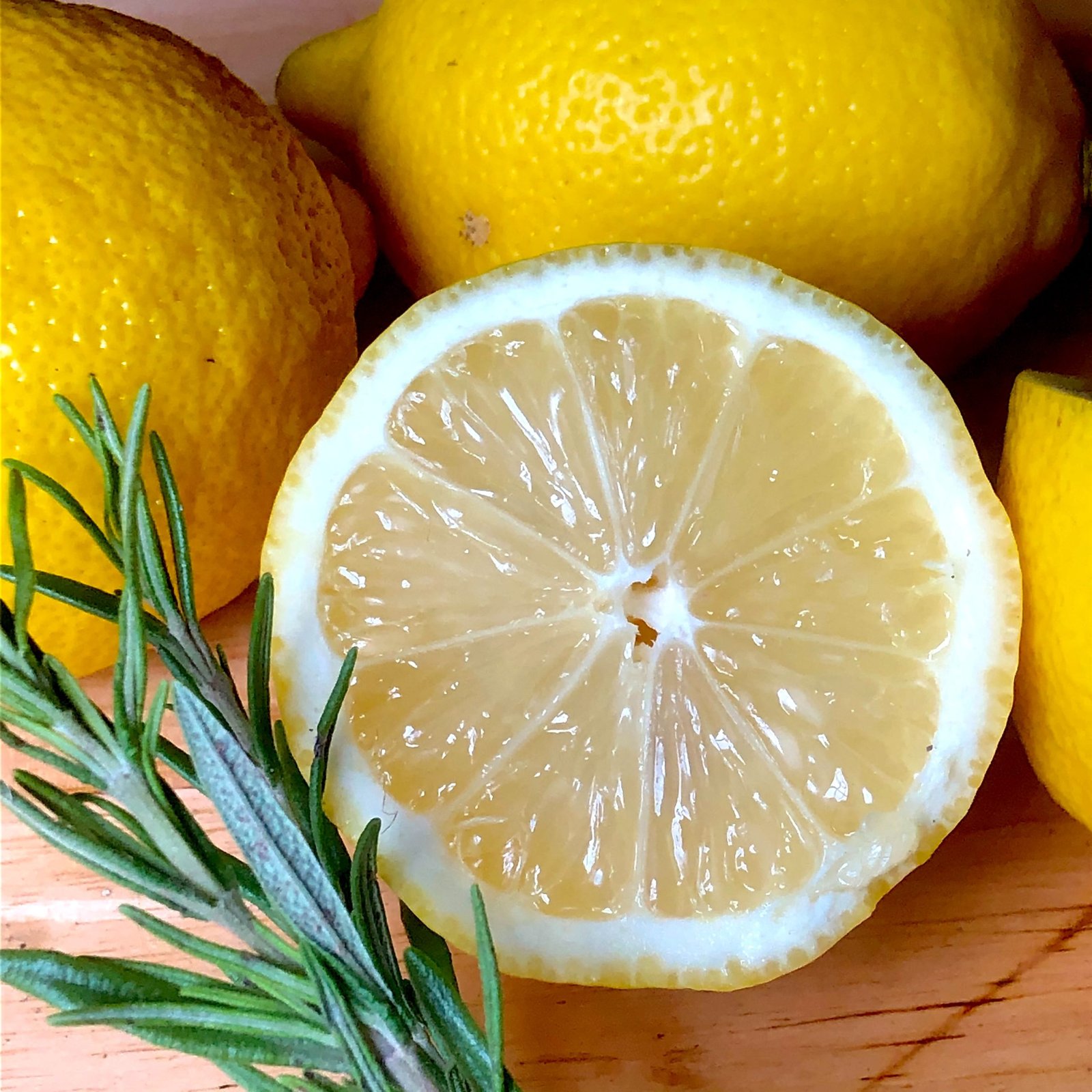
Use Rubs and Marinades
If you’re roasting beef or lamb for a classic Sunday roast dinner, season it with garlic cloves. They should be rubbed all over the meat’s surface before sprinkling salt and pepper. Additionally, you can add rosemary or thyme sprigs during roasting, to complement the rich flavors of red meat.
Perhaps you’re roasting chicken or turkey for a holiday meal like Christmas or Thanksgiving dinner. In this scenario, it’s best to season them with butter mixed with herbs (such as sage or thyme) underneath their skin. This enhances its flavor while keeping it moist during long cooking times.
Choose the Right Cut
The type of roast you’re cooking will determine which cut is most suitable for it. When making a classic beef roast, a prime rib or tenderloin are great options due to their tenderness and marbling. These cuts can be seasoned simply with salt and pepper or with more complex rubs.
If you’re roasting pork, a shoulder or butt roast are great choices as they can handle long cooking times and remain juicy. To season these cuts, try using a dry rub made from brown sugar, paprika, garlic powder, and onion powder. For lamb roasts, a leg of lamb or rack of lamb are popular choices. A mint herb rub goes well with it, while also adding an extra layer of flavor. Always choose meat that’s fresh and of good quality for the best results in your roast dishes.
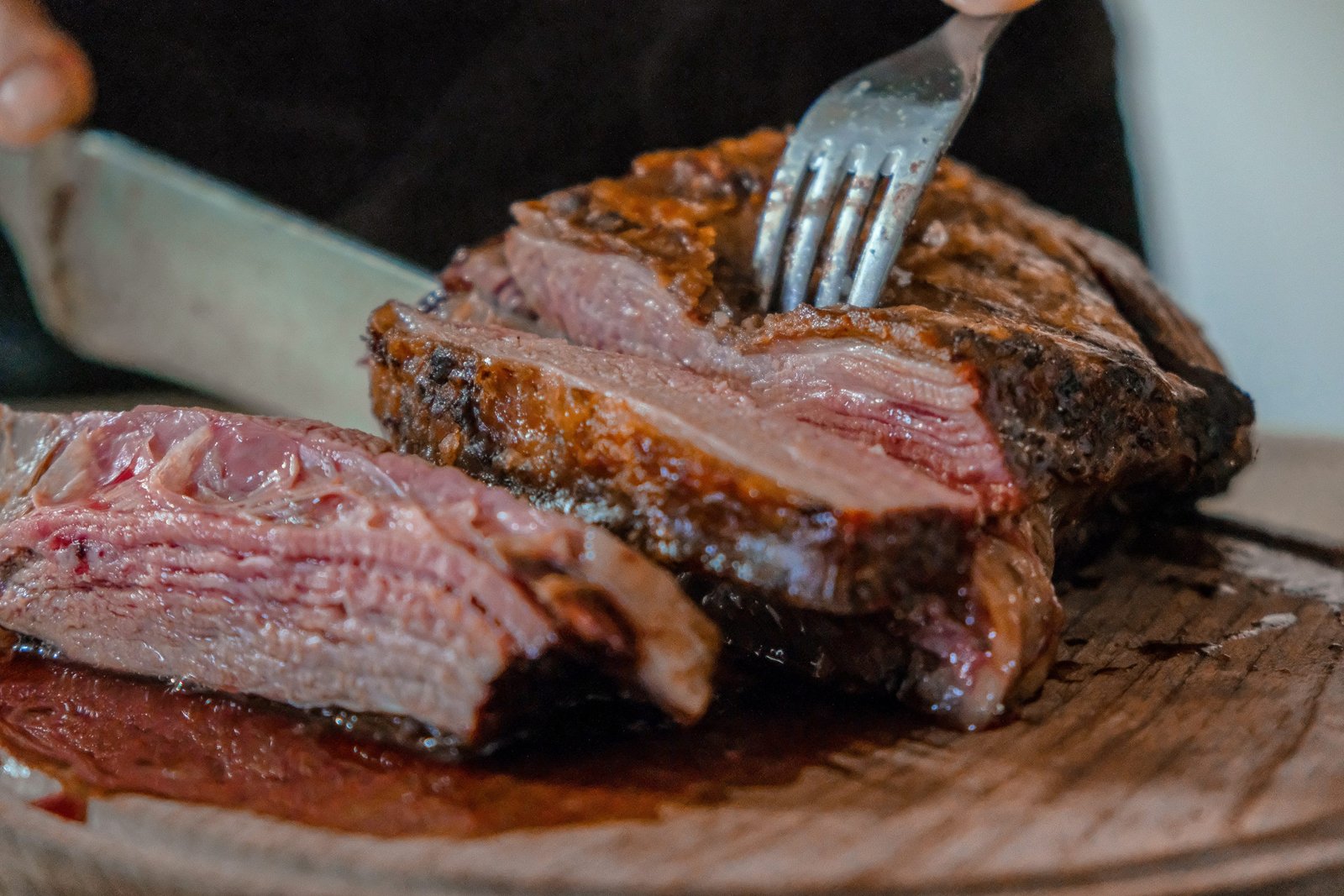
You’ll also need to research the different cooking times and temperatures needed. Now that you’re armed with these tips you’ll be able to season your meat as never before. Your roast dinner will be a joy for yourself and your household, and anyone who comes to dine.







